
The London Borough of Islington is a London borough which forms part of Inner London, England. Islington has an estimated population of 215,667. It was formed in 1965, under the London Government Act 1963, by the amalgamation of the metropolitan boroughs of Islington and Finsbury.
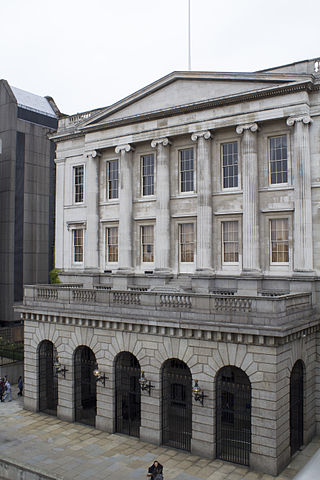
A livery company is a type of guild or professional association that originated in medieval times in London, England. Livery companies comprise London's ancient and modern trade associations and guilds, almost all of which are styled the "Worshipful Company of" their respective craft, trade or profession. There are 111 livery companies in total. They play a significant part in the life of the City of London, not least by providing charitable-giving and networking opportunities. Liverymen retain voting rights for the senior civic offices, such as the Lord Mayor, Sheriffs and Common Council of the City Corporation, London's ancient municipal authority with extensive local government powers.
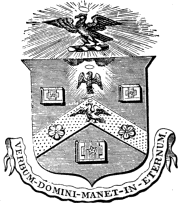
The Worshipful Company of Stationers and Newspaper Makers, usually known as the Stationers' Company, is one of the livery companies of the City of London. The Stationers' Company was formed in 1403; it received a Royal Charter in 1557. It held a monopoly over the publishing industry and was officially responsible for setting and enforcing regulations until the enactment of the Statute of Anne, also known as the Copyright Act of 1710. Once the company received its charter, "the company's role was to regulate and discipline the industry, define proper conduct and maintain its own corporate privileges."
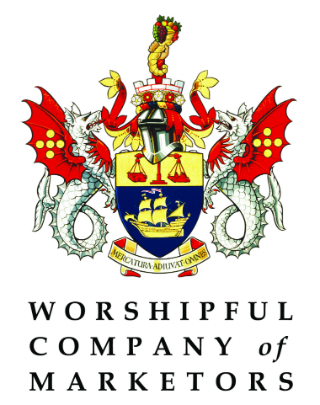
The Worshipful Company of Marketors is one of the 111 livery companies of the City of London. The company was founded in 1975.

David Maxim Triesman, Baron Triesman is a British politician, merchant banker and former trade union leader.

Archway is an area of north London, England, in the London Borough of Islington 3.8 miles (6 km) north of Charing Cross. It straddles the A1 and is named after a local landmark, the high, single-arched Archway Bridge which crossed the road in a cutting to the north. It has a modern commercial hub around Vantage Point and Archway tube station.
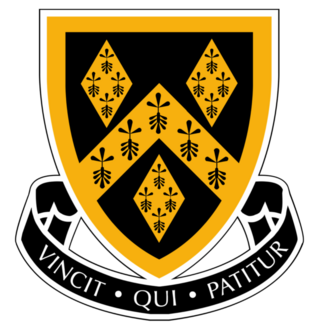
Stockport Grammar School is a co-educational private day school in Stockport, England. Founded in 1487 by former Lord Mayor of London Sir Edmund Shaa, it is the second oldest in the North of England, after Lancaster Royal Grammar School, and a member of the Headmasters' and Headmistresses' Conference.
John Douglas Grant was a British politician who served as an MP of the United Kingdom parliament from 1970 to 1983. He was as a member of the Labour Party until he left in 1981 to join the new Social Democratic Party (SDP). He represented Islington East from 1970 to 1974 and Islington Central from 1974 to 1983.

Middlesbrough College, located on one campus at Middlehaven, Middlesbrough, North Yorkshire, England, is the largest college on Teesside.

Strode's College is a sixth form college located in Egham, Surrey. It was founded in 1704, when Henry Strode bequeathed £6,000 to set up a free school in his native parish of Egham. In the twentieth century, Strode's became a boys' grammar school, before being designated a sixth form college in 1975. The college also provides a range of day and evening Adult Education courses. Strode's has been part of the Windsor Forest Colleges Group since May 2017. Alumni of the college are sometimes referred to as Old Strodians.

Sir George Monoux College is a sixth form college located in Walthamstow, London. It is a medium-sized college with around 1,620 full-time students as of 2018.

Blackpool Aspire Academy is a secondary school located in the Layton area of Blackpool, Lancashire, England.
Tollington School (1901-1967) was a selective, coeducational grammar school in Muswell Hill, London, England. For the present school on this site, see Fortismere School.
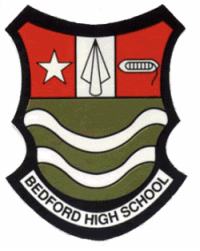
Bedford High School is a coeducational secondary school in the Bedford area of Leigh, Greater Manchester, England.

Stretford Grammar School is a grammar school located in Stretford, in the Trafford borough of Greater Manchester, England. It is located on a 15-acre plot in the heart of Stretford, Trafford.

Stroud Green in London, England, is a suburb adjacent to Finsbury Park in the northern part of Greater London. While most of the area is in the London Borough of Haringey, a very small part is in the London Borough of Islington. The Stroud Green Road not only forms the boundary between the two boroughs but is also the area's principal thoroughfare and a busy local shopping street, with many popular restaurants and bars.
David Gwynne Meara, FSA is a British Anglican priest. From 2009 to 2014, he was Archdeacon of London in the Church of England. He is known as an authority on Victorian and modern monumental brasses.
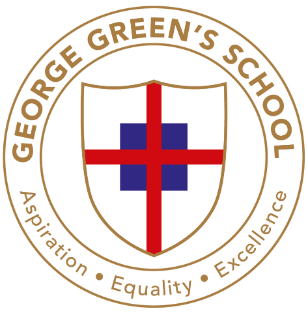
George Green's School is a coeducational secondary school and sixth form, located in Cubitt Town on the Isle of Dogs in the London Borough of Tower Hamlets, England.
Walter Clark Warren was a British trade union leader.
This is a list of coats of arms of London.















